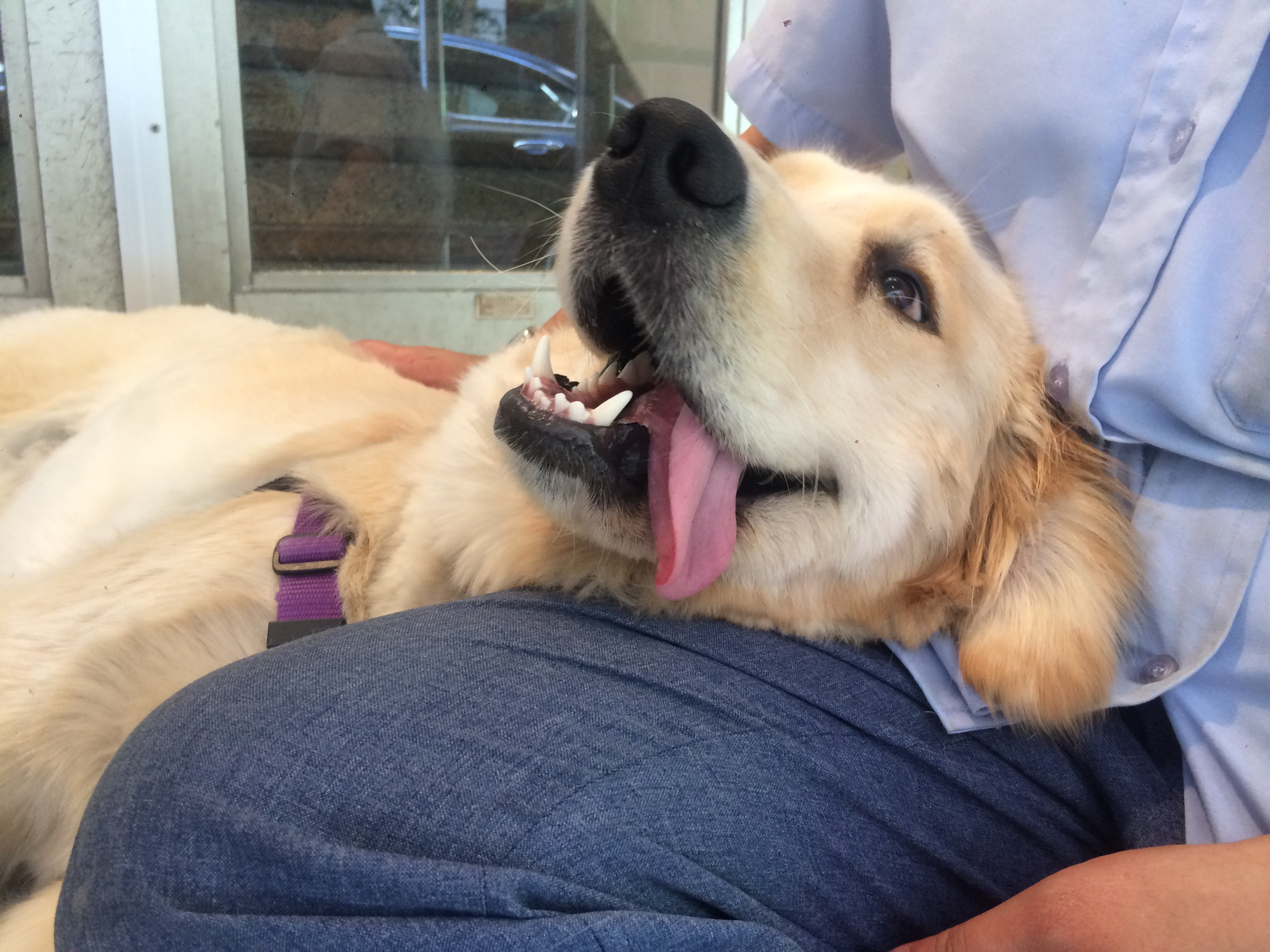
18 Aug Don’t Leave Me: Separation Anxiety
[mk_page_section]
Separation Anxiety
[/mk_title_box]
Separation anxiety can be an incredibly frustrating issue for dog parents to deal with! Often, we wait until our pups start showing signs of distress- barking, pacing, chewing, or self destructive behaviors like excessive licking or chewing on themselves. Treating this distress once it’s already become an issue can be a lengthy and slow process, but there are steps we can take to prevent this distress altogether.
Following desensitization exercises can help any pup become a confident, well adjusted dog, and work to prevent the development of separation anxiety. These exercises can also be used for pups already showing mild signs of distress. For pups already showing moderate or severe distress please contact a certified (such as through the CPDT) behavior consultant or trainer familiar with treating separation anxiety.
We want to break (or prevent) any association your pup has with your leaving cues (picking up keys, putting on shoes) and your actual departure. To do this, randomly include your ‘leaving’ routine in your actions when you’re not leaving: i.e. pick up your keys, put your shoes on, and go sit on the sofa. Pack your bag, go touch the door handle, set your bag down and go back to whatever you were doing.
When leaving or returning, be very calm and unemotional. We want the ‘event’ of your leaving to be a nonevent, so we want to treat it like its nothing. When you return from an outing ignore your pup for a few minutes, especially if she’s really excited. Calm = your attention.
Practice being away from your pup while you’re home. Settle her into one place, like her pen, and then go into the next room. Return to calmly praise / drop a treat for her before she starts to fuss or gets anxious. If she does start to fuss, wait for even the smallest break in the fussing (even her taking a breath so she can start barking again), and reappear to calmly praise / drop a treat. When your pup can handle your being in the next room for a while, up the challenge os separation anxiety (even by putting a closed door between you), or for short trips like taking out the trash / getting the mail.
To help your pup learn that being alone is ok, that she’s safe, we want to start where she is and work to where we want her to be. If she can be alone without whining or barking for 30 minutes, but starts to get anxious at 40, leave her for 33 minutes, then 34, 34.5, 37, slowly building up to where your pup can make it to 40 minutes.
- Give your pup plenty to do while you’re leaving and gone. Stuffed kongs or busy buddies are great for separation anxiety – here’s a list of recipes to check out
- Use music, talk radio, or specially made calming music, such as that from Through a Dog’s Ear for while you’re gone.
Use DAP, Dog Appeasing Pheromones, and you can supplement with calming chews, such as Composure by VetriScience.
- Condition a safety word for when you’re leaving. Only use this word when you’re absolutely certain you will return within the amount of time your pup can handle without getting anxious. If you’re not completely certain, don’t use it. Keep this word calm and unemotional – ‘I’ll be back,’ ‘see you later.’
- To help increase the amount of time your pup is physically (and mentally) occupied while you’re away, try using multiple kongs. For example, fill 3 or 4 with a variety of things and scatter them around the apartment. As she’s improving at locating and emptying each, start hiding them in less obvious places – in a shoebox, under her bed, wrapped in a towel, etc.




No Comments